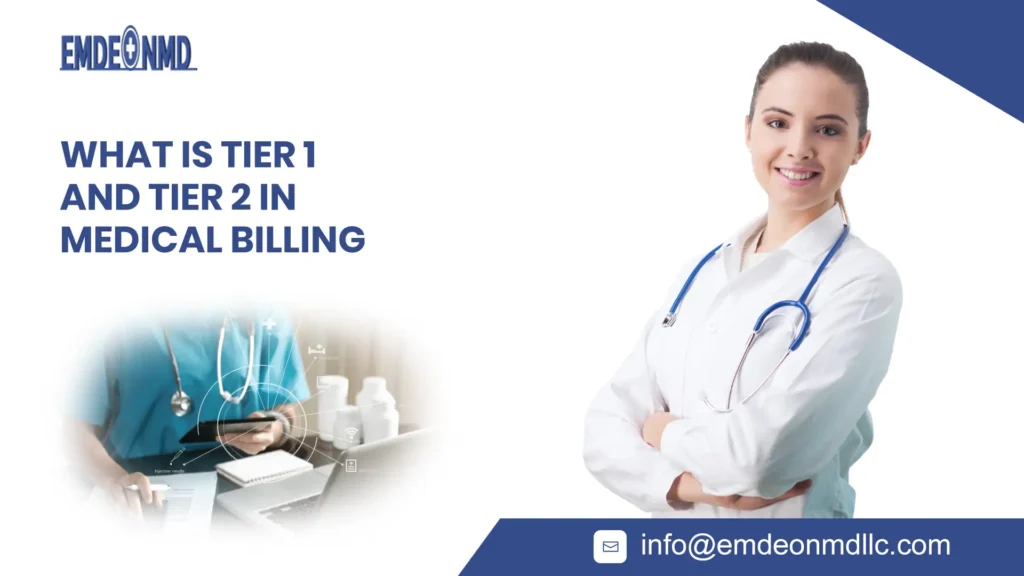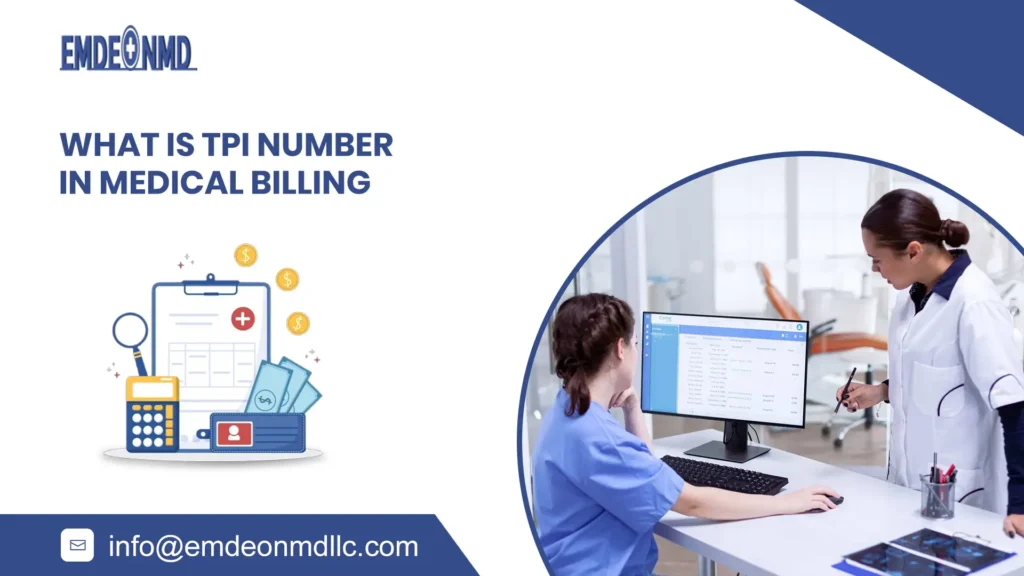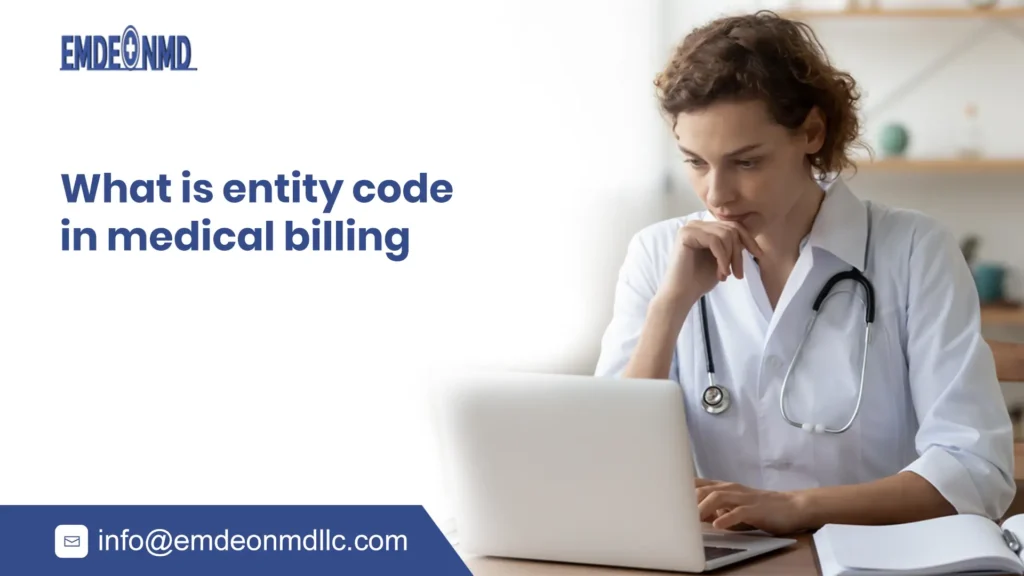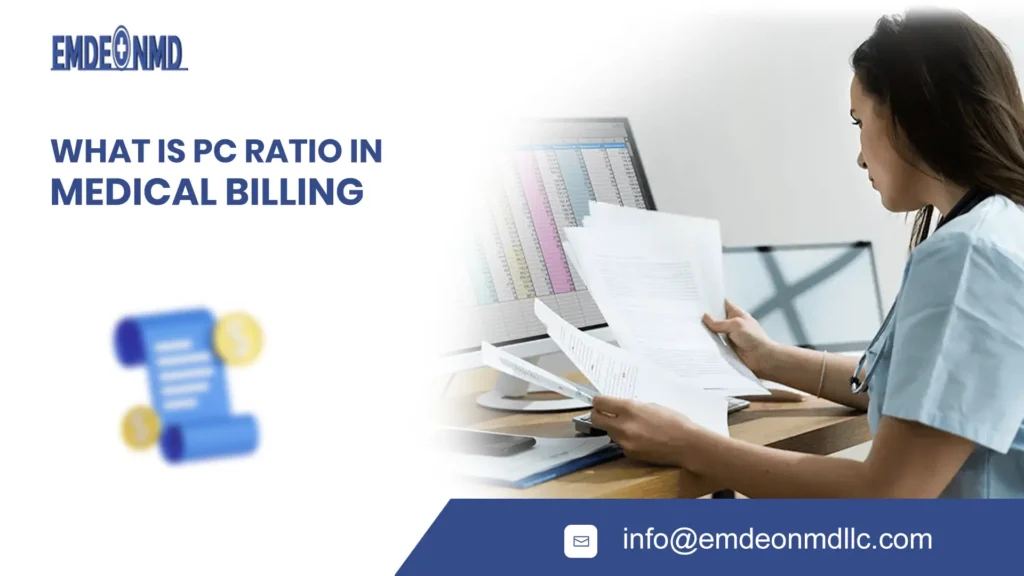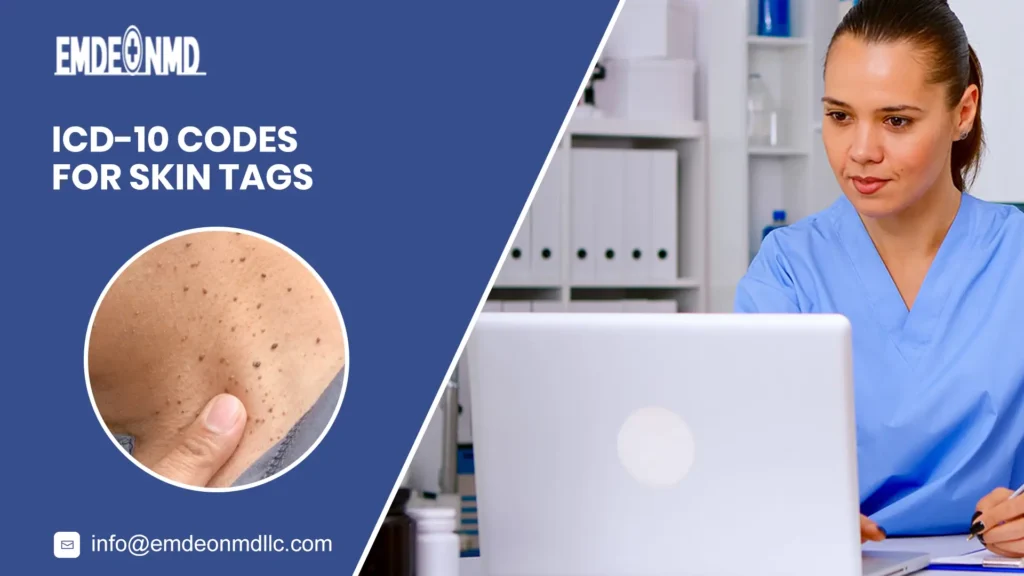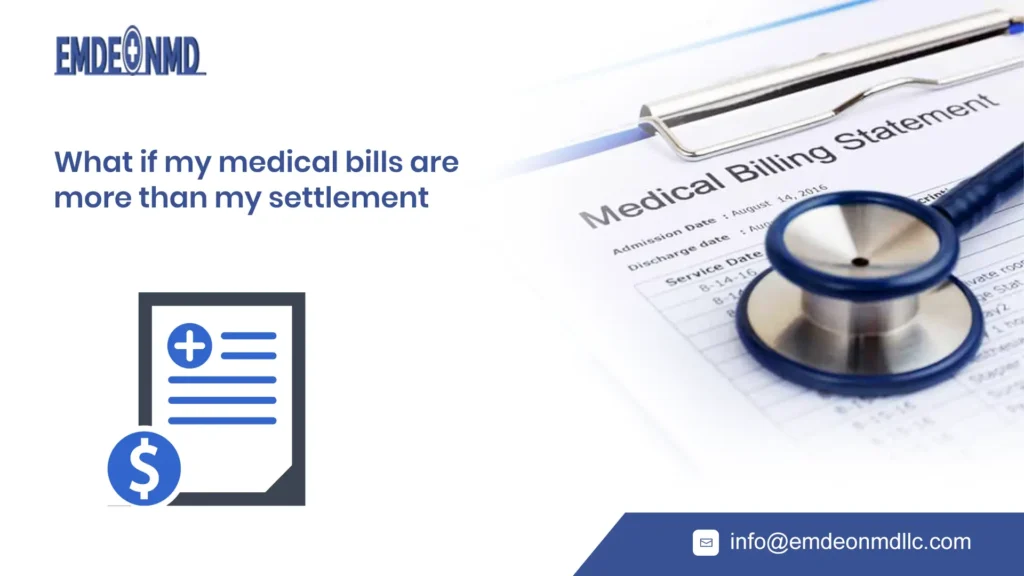Who pays medical bills in an auto accident?
Have you ever wondered what is the most common catered case in hospitals and other healthcare facilities? The most prevalent cases are accidents in which auto accidents are most common among medical emergencies, surgical, critical, and long-term care in a hospital or any other healthcare facility. In auto accidents, there are two cases in which the at-fault driver is responsible for the accident and most expenses while in the second case, the accident is not caused by the other driver, it occurs due to personal fault. In both cases, different methods are offered for payment of medical expenses. Mostly auto insurance is connected with all types of medical payment responsibility. This blog post is a quick review of the main problems regarding the payment of medical bills in case of auto accidents. What is medical payment coverage? Medical Payments Coverage (MedPay) is a type of insurance that covers medical expenses after an accident, mainly concerned with coverage of payment regardless of who is responsible for the accident, covers hospital bills, doctor bills, and ambulance fees, ensuring no deductibles or copays. It helps to cover expenses along with health insurance as a supplemental plan. In some states, it may work cordially with Personal Injury Protection (PIP) in which PIP is considered significant as compared to Med Pay as an optional plan. Med Pay is applicable and liable for policyholders, passengers, and pedestrians. What is covered? Medical expenses after an accident are concerned with payment of medical bills which include medical expenses that cover hospital bills, doctor visits, and surgical treatments, emergency services like ambulatory services are also part of medical payment coverage that mainly includes diagnostics tests, provider and scan for analysis and diagnosis of injuries and fractures. The health insurance coverage covers deductibles managed by out-of-pocket payments in which no-fault benefits are given to the personal injury of the patient. Auto accident patients may need physical occupational or chiropractor therapy that is part of the medical payment coverage plan along with dental treatment in case of dental injuries. Funeral expenses are covered in case of fatal injuries by MedPay. Differences between liability converge and payment converge Various types of insurance plans assist in auto accidents in which most common ones are liability coverage, medical payment coverage, and personal injury protection PIP. These all are different from one another in various contexts. While comparing liability insurance vs. MedPay liability insurance is a broad plan covering medical expenses along with other additional expenses while Medpay is concerned with medical expense coverage only making git less specific. Liability insurance is a concern mandatory in every state and is liable to ensure the expense of rehabilitation, lost wages, funeral, and pain-suffering expenses having high limits, but on the other hand, Medpay is a limited plan, considered optional in certain states. Medical payment coverage limits Coverage limits and restrictions are dependent on various factors such as per person limit based on per accident ensuring no deductible or copays making it unique as compared to other insurances. Medpay is mainly concerned with payment for medical services like emergencies, surgeries, follow-ups, and others immediately. Medpay is responsible for medical expenses regardless of who is responsible for the accident and covers the driver and vehicle in the injured vehicle. Med Pay is not liable for coverage of medical expenses in case of intentional injuries, racing, or driving under the influence. Variation among states makes it more specific to certain conditions for which the selection of insurance plays a crucial role. Auto insurance Auto insurance is a type of insurance that ends with the payment of medical expenses of a person suffering from an auto accident. There are various types of auto insurance based on the type of coverage plan Some prevalent plans include: These various types of auto insurance vary from state to state. Proper knowledge about your state guidelines and plans is crucial for efficient payment of medical expenses. Does health insurance cover medical bills? Have you ever wondered whether insurance covers medical expenses in cases of auto accidents? Yes, health insurance is liable to cover medical bills in case of auto accidents but it is not wholly responsible for the cover of expenses. It may act as primary or secondary coverage depending on specific auto insurance policies. It may work cordially with auto insurance in managing medical expenses efficiently while may need deductibles and copays liable for the patient to pay through out-of-pocket payment. Some health insurance requires prior authorization along with applicability in certain situations while excluding some situations. If health insurance is paying the medical expense, the victim has the right to fill a third-party liability claim for settlement. Health insurance plans are only concerned with hospital bills, ER visits, or surgeries, but it is not tight for prescription medicines. Some health insurers are responsible for aggravating medical issues, not responsible for covering medical expenses in that case. At fault driver Medical bills in case of auto accidents due to at-fault drivers require the driver to opt for legal action for settlement which many insurance programs are significant in managing medical expenses effectively. Liability coverage is mainly concerned with coverage of medical expenses in case of a fault accident in which the driver is responsible for paying for the patient’s medical expenses. Subrogation process, bodily injury liability, property damage liability, and some others are responsible for covering medical expenses through a third party on behalf of the patient. Surfing for professional billers? Choose Emdeon MD! Are you still worried about billing and RCM? Still not able to achieve the goal of offering premium medical service with accurate and timely billing and reimbursements of medical service? Emdeon MD is here to help in this regard. Our premium and expert-level services are catered by a team of professionals having experience and in-depth knowledge, objective of providing trustworthy and satisfactory service to our clients. For details have a look at our website Emdeon MD, book free consultations with our team, and give us a chance to



